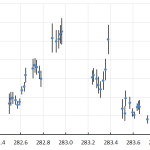Ivan Sergei
Mira Str.40-2, 222307, Molodechno Belarus
astroseriv@yandex.by
Abstract: This article presents the results of radio observations made in December 2022.
INTRODUCTION
The observations were carried out at a private astronomical observatory near the town of Molodechno (Belarus) at the place of Polyani. A 5 element-antenna directed to the west was used, a car FM-receiver was connected to a laptop with as processor an Intel Atom CPU N2600 (1.6 GHz). The software to detect signals is Metan (author – Carol from Poland). Observations are made on the operating frequency 88.6 MHz (the FM radio station near Paris broadcasts on this frequency). The “France Culture” radio broadcast transmitter (100 kW) I use is at about 1550 km from my observatory which has been renewed in 1997. In December, I began experiments to increase the sensitivity of the radio meteor installation (increasing the sensitivity of the Metan software by reducing the trigger for weak meteor signals). The purpose of the experiment is to obtain hourly numbers of meteoric signals comparable to the hourly numbers obtained by listening to the radio airwaves.
Counting radio echoes on 88.6 MHz
In order to save observation time and to increase the efficiency of counting the radio meteor echoes in order to obtain a more complete observation series, I made a modification to the method with the introduction of a definition of a “synthetic” hourly rate numbers (see Figure 1).
Listening to the radio signals for 10 minutes with an extrapolation of the data to 1 hour was done about 3 to 5 times a day. This was done in order to control the level of the hourly rates as well as to distinguish between periods of tropospheric passage and other natural radio interference. The total effective counting time was 145 synthetic hours.
The Geminid peak occurred on the morning of December 14 around 6h to7h UT with hourly numbers at 440 signals per hour at solar longitude 261.894-261.936, i.e., earlier than the traditional peak at solar longitude 262.2° ( (13:14 UT).
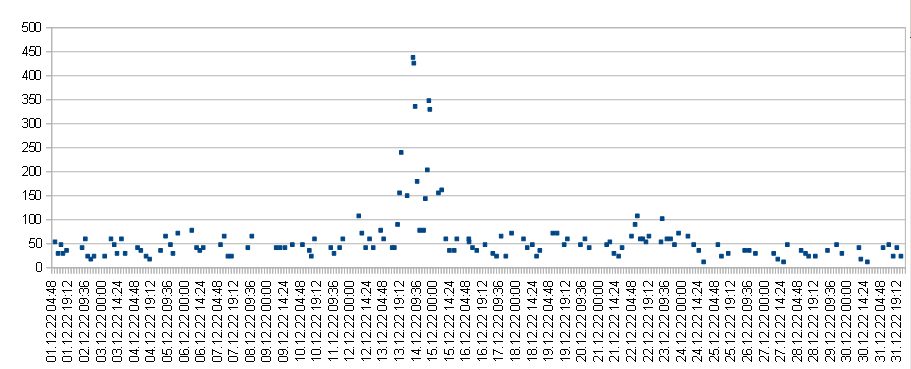
Figure 1 – Results plotted as “synthetic” hourly numbers counted for meteor echoes in December 2022.
The maximum hourly numbers for the Ursids (URS, #0015) were reached in the morning of December 22 around 9h UT (solar longitude ~270.163°) at 110 signals per hour. At the traditional maximum, around 21:39h UT (solar longitude 270.7°), hourly numbers with 60–70 signals per hour were recorded.
Fireballs
In order to quickly search for signals of the radio fireballs, the program SpectrumLab was running in parallel to the Metan program. Screenshots were saved every 10 minutes. The search for fireball events was performed visually by viewing many thousands of screenshots obtained over a month.
For the selection of fireballs, I selected the longest phenomena (wide bands on spectrograms more than 10 seconds). Then each event was viewed by the log files of the program Metan. However, because of the experiment with increasing the sensitivity of the program, not all log files were good or even some did not exist (if a radio signal is detected and at this point the program should save its log file, it could happen that it may not be saved. This is one of the unpleasant features of this software).
Figure 2 shows the daily activity of the fireball radio signals. Figure 3-5 displays one of the fireball radio echoes.
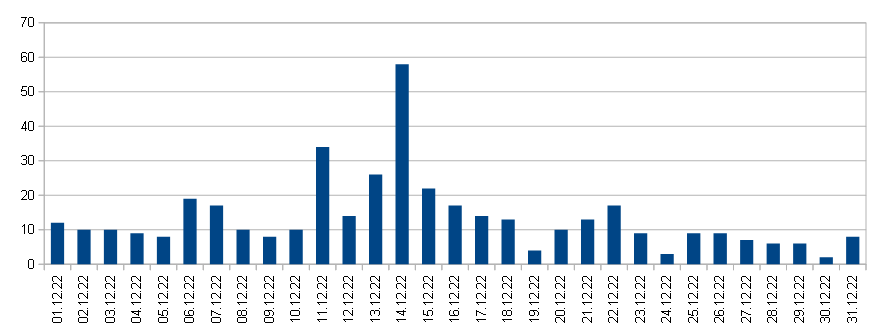
Figure 2 – Daily activity of radio fireballs in December 2022.
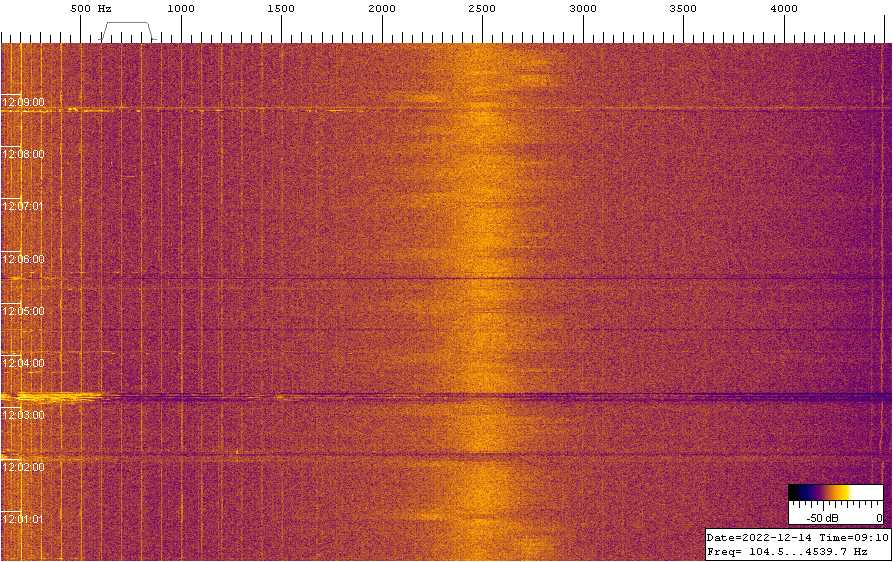
Figure 3 – Radio fireball recorded by SpectrumLab on December 14 at 09h03m UT.
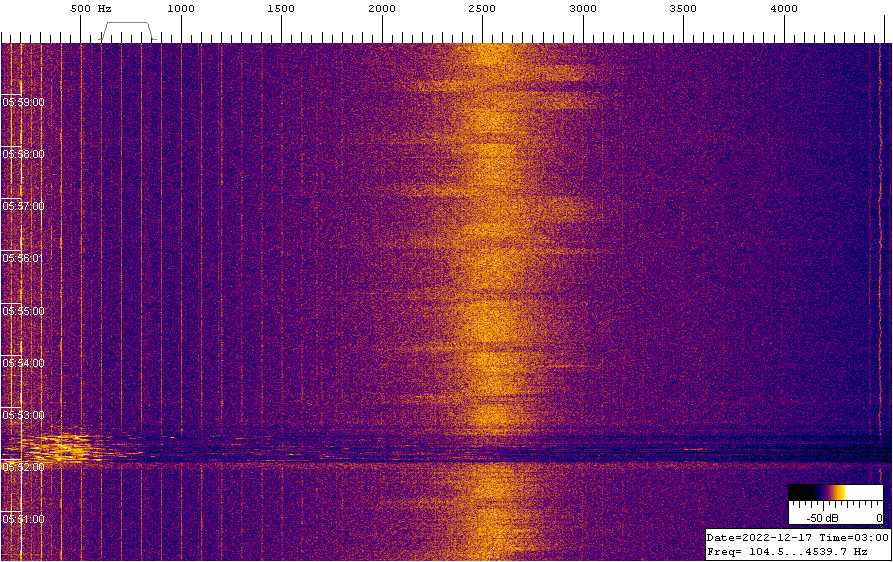
Figure 4 – Radio fireball recorded by SpectrumLab on December 17 at 02h52m UT.
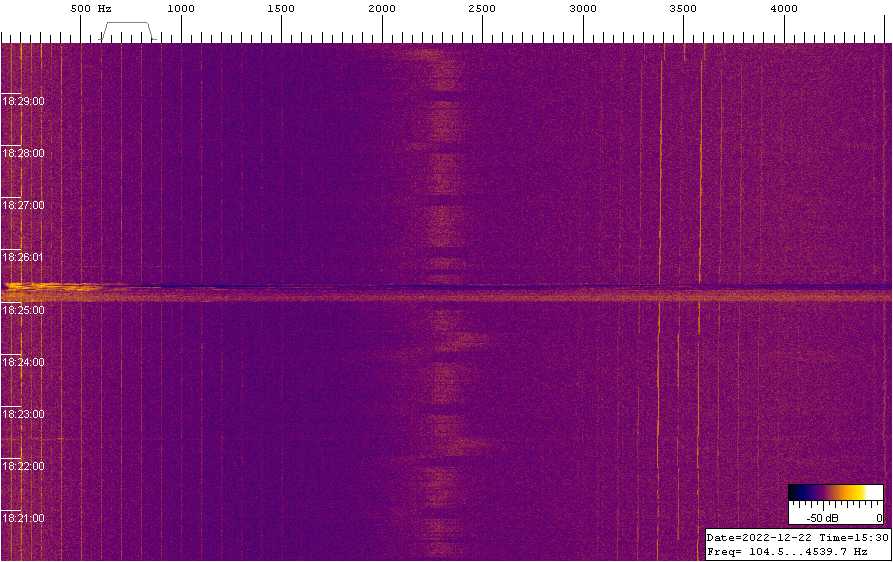
Figure 5 – Radio fireball recorded by SpectrumLab on December 22 at 15h25m UT.
Acknowledgment
I would like to thank Sergey Dubrovsky for the software he developed for data analysis and processing of radio observations (software Rameda). I thank Carol from Poland for the Metan software. Thanks to Paul Roggemans for his help in the lay-out and the correction of this article.
References
Rendtel J. (2022). “Meteor Shower Calendar”. IMO.


